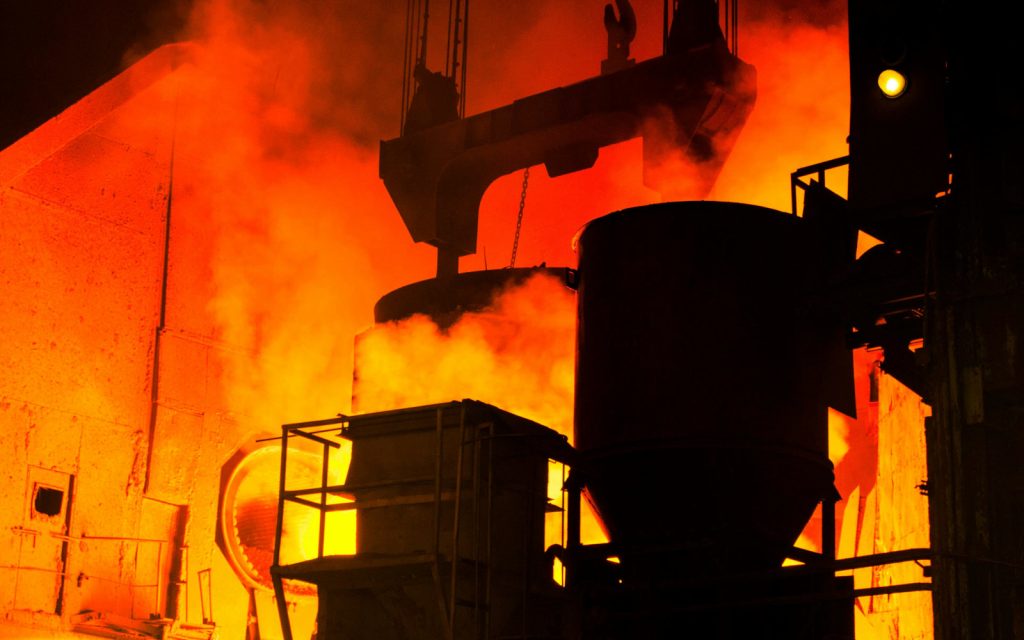In industrial settings, the combustion of gases and vapors is a critical concern, impacting safety, operational efficiency, and environmental compliance. Combustion, a chemical reaction involving a substance and oxygen, results in the release of heat and various byproducts. For safety managers, industrial hygienists, and plant managers, understanding this process is vital for preventing accidents and ensuring a safe working environment. This article explores the fundamentals of combustion, the properties of different hydrocarbons, and practical measures to manage risks associated with flammable gases and vapors.
The Fundamentals of Combustion
Combustion involves the rapid reaction of oxygen with a fuel, releasing heat. The simplest fuels are hydrocarbons, organic compounds composed of carbon and hydrogen. These compounds are primarily found in crude oil and natural gas, making them ubiquitous in industrial processes.
The combustion of hydrocarbons can produce different byproducts depending on the completeness of the reaction. Complete combustion results in carbon dioxide and water vapor, while incomplete combustion can produce carbon monoxide and other hazardous substances.
Types of Hydrocarbons and Their Combustion Properties
Hydrocarbons are categorized into different types based on their molecular structure:
- Alkanes: These are saturated hydrocarbons with single bonds between carbon atoms. The simplest alkane, methane (CH₄), is a gas commonly used in various industrial processes. Alkanes vary in physical state depending on the number of carbon atoms: methane to butane are gases, pentane to decane are liquids, and those with more than ten carbons are typically oils or waxes.
- Alkenes: These hydrocarbons contain at least one double bond, making them more reactive than alkanes. Alkenes, such as ethylene and propylene, burn hotter and are essential in the production of plastics.
- Alkynes: Featuring triple bonds, alkynes like acetylene are used in applications requiring high heat, such as welding.
- Aromatics: These compounds, including benzene, have a ring structure. They burn with a smoky flame and are less hydrogen-dense compared to other hydrocarbons.
The combustion properties of these hydrocarbons vary, with factors such as molecular weight, volatility, and chemical structure influencing their behavior. For instance, alkenes and alkynes generally have higher energy content per molecule, making them burn more vigorously than alkanes.
Safety Considerations in Combustion Processes
In industrial environments, managing the risks associated with flammable gases and vapors is crucial. The key is to prevent the formation of explosive mixtures, particularly during maintenance and shutdown operations.
One effective method is inertization, which involves replacing air in a vessel with an inert gas like nitrogen before introducing hydrocarbons. This two-stage process ensures that at no point does the mixture become explosive, thereby safeguarding against accidents.
For instance, during the maintenance of fuel tanks or chemical storage facilities, inertization is a standard practice. The vessel is first filled with nitrogen to displace any flammable gases, followed by the introduction of air. Continuous monitoring with gas detection systems, such as the Interscan Accusafe or GasD 8000, is essential to detect the presence of dangerous gas mixtures and ensure complete safety.
Understanding Lower Explosive Limits (LEL)

The Lower Explosive Limit (LEL) is a critical parameter in assessing the risk of flammable gas mixtures. It represents the lowest concentration of a gas or vapor that can propagate a flame. For safety, gas detection systems are calibrated to alert at specific percentages of the LEL. Typically, alarms are set at 20% LEL, with higher thresholds for escalating warnings.
Different standards, such as ISO10156 and IEC60079, define these limits, and discrepancies can occur due to different testing methods. For example, methane’s LEL is defined as 5% by ISO10156 and 4.4% by IEC60079, impacting calibration and safety protocols.
Real-World Applications and Case Studies
In the petrochemical industry, the management of flammable gases is a daily challenge. For example, crude oil processing involves fractionation and cracking, where hydrocarbons are separated and modified.
The risk of combustion and explosion is significant during these processes, necessitating stringent safety measures. A case study from a refinery highlights the importance of accurate gas detection: an undetected leak led to a near-miss incident, underscoring the need for reliable detection systems and regular maintenance.
Conclusion
Understanding the combustion of gases and vapors is essential for ensuring safety in industrial settings. From recognizing the properties of different hydrocarbons to implementing effective safety measures like inertization and accurate gas detection, safety professionals must be well-versed in these concepts.
For organizations looking to enhance their safety protocols, investing in advanced gas detection systems, such as those offered by Interscan, can provide an added layer of protection.
For a gas detection solution tailored to your specific needs, request a quote for Interscan’s Accusafe or GasD 8000. Protect your facilities and personnel by ensuring accurate and reliable monitoring of flammable gases and vapors.
By understanding and applying these principles, safety managers and industrial hygienists can better safeguard their workplaces, prevent accidents, and promote a culture of safety.


